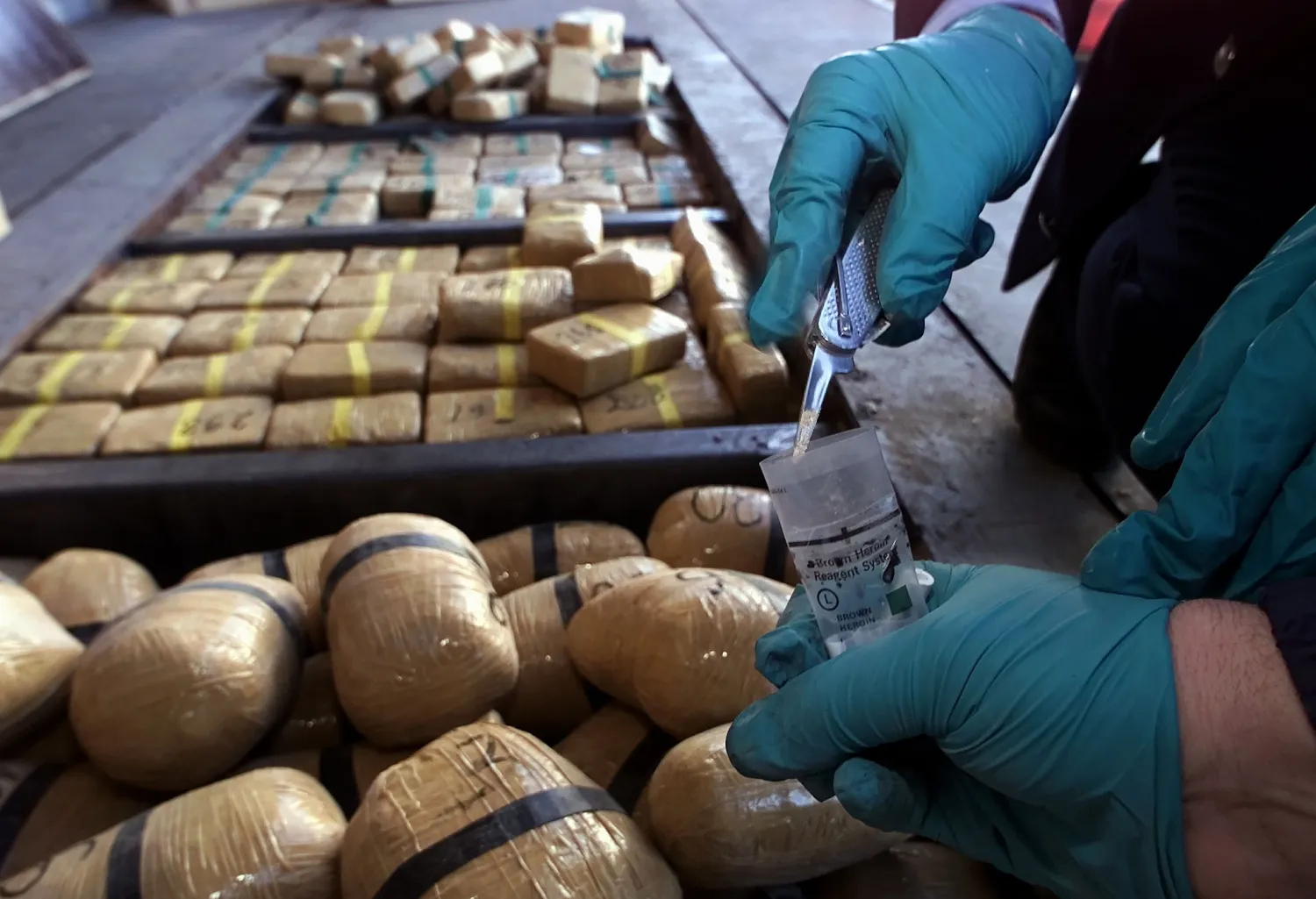Costa Rica, a picturesque country known for its biodiversity, recently witnessed a substantial blow to its drug trafficking syndicate, with the arrest of officers from the National Coast Guard Service. The operation, led by various judicial agencies, showcased the depth of corruption even within official ranks.
Sweeping Raids Across The Nation
In a coordinated effort, agents from the Puntarenas Judicial Investigation Agency, the Capital Legitimization office of the DICR in San José, and the Money Laundering Section of the DICR, executed ten simultaneous raids across diverse parts of Costa Rica. This strategic maneuver led to the detention of three pivotal figures: Juarez Rodriguez (alleged leader), Montoya Fernandez, and Membreño Castillo.
The Involvement of the National Coast Guard
Stunningly, all three detainees are affiliated with the National Coast Guard Service. Randall Zúñiga, the acting director of the judicial police, shed light on the gravity of the situation, revealing the Coast Guard’s potential internal corruption. “These officers have purportedly provided logistical support, leveraging their roles within the Coast Guard, to further the criminal organization’s illegal endeavors,” stated Zúñiga.
Objectives and Revelations
The primary goal of this intensive operation was the arrest of eight suspects connected to the global drug trafficking syndicate. Following investigations initiated in January 2021, significant evidence was uncovered, linking the criminal organization to the transportation of narcotics, predominantly marijuana and cocaine, via maritime pathways.
Further details from the OIJ emphasized the involvement of four Coast Guard officials. These officers allegedly leveraged their expertise and official positions to aid the drug trafficking group.
Impactful Results
This operation’s success is evident in its tangible outcomes. In January 2021, a bust resulted in the seizure of 250 kilograms of cocaine, leading to six arrests. A subsequent operation in June 2022 netted an impressive 750 kilograms of narcotics (450 kilograms of cocaine and 300 kilograms of marijuana) and four additional arrests.
The locales impacted by these raids ranged from El Roble and Quepos to the Coast Guard offices of Caldera and Flamingo, underscoring the expansive nature of this illicit network.
Collaborative Efforts Yield Success
This operation’s triumph is attributed to the seamless collaboration between multiple entities, most notably the Police Intelligence Unit of the OIJ, the National Intelligence and Security Directorate (DIS), and the United States’ renowned Drug Enforcement Administration (DEA).

